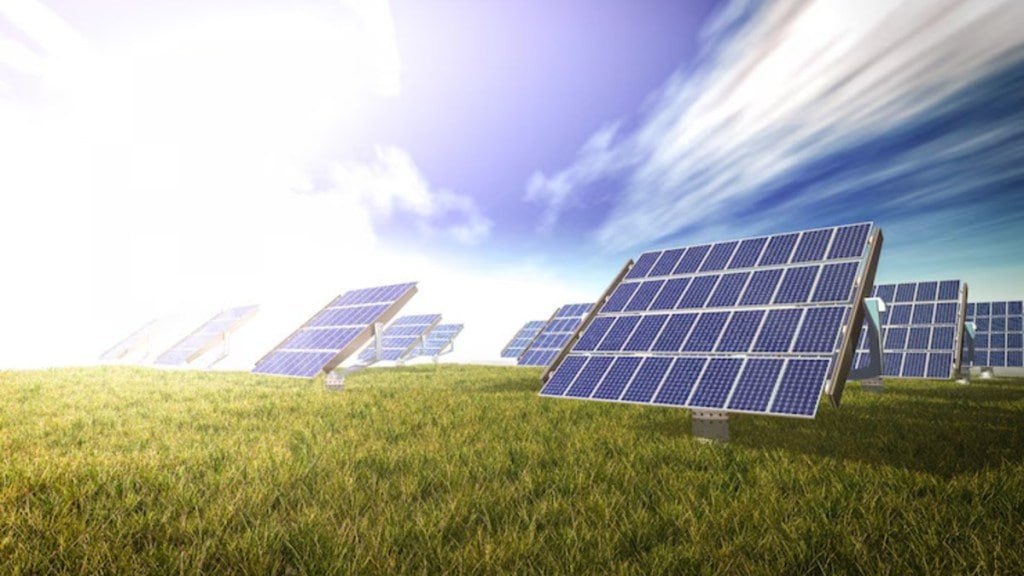Even as the country’s solar capacity is growing continuously supported by various government measures and rising industry participation, domestic solar plants still fall short of achieving their targeted capacity utilisation, which often stagnates in the range of 17-20%. The renewable energy industry is now increasingly shifting towards adapting solar tracker technology to help them achieve efficiency across solar projects and boost overall output.
The recent tenders by government agencies also show a pronounced shift towards tracker-based projects, with 40-50% of India’s annual 20-25 GW utility-scale installations expected to incorporate trackers. This translates to 10-15 GW of tracker-based installations annually.
Solar trackers are effective because they enhance the efficiency of solar park deployment by maximising energy generation with existing resources, according to the industry people. By enabling solar panels to follow the sun’s path, trackers optimise energy output, allowing the same or higher generation levels to be achieved with fewer panels. This results in more effective use of the balance of plant components, reducing material and space requirements while improving project economics.
According to industry estimates, installation of solar trackers delivers 15-20% higher energy generation compared to fixed-tilt systems.
“Currently, approximately 20% to 25% of utility-scale solar installations in India use tracker systems, and this adoption rate is projected to be about 40% in 2030 owing to decreasing costs and advances in tracker technology,” said Simarpreet Singh, executive director & CEO, Hartek Group.
The solar tracker industry in India is experiencing rapid growth, driven by the country’s ambitious renewable energy targets and increasing adoption of advanced technologies to enhance solar project efficiency. With a compound annual growth rate (CAGR) of over 5% from 2022 to 2027, the market is set for significant expansion, Singh said.
The integration of solar trackers, particularly when paired with bifacial modules, yields significant energy gains by optimizing solar capture throughout the day. This synergy has made trackers increasingly attractive to developers and EPCs (engineering, procurement, construction) companies.
“Solar trackers complement storage and battery systems, enabling more efficient round-the-clock power supply, crucial as rapid urbanization and the growth of data centers drive demand for reliable energy solutions,” said Mayank Mishra, Senior Director Sales, Nextracker India.
However, amidst the country’s progress in adapting innovative solar technologies, challenges still remain including land acquisition, infrastructure gaps, financial barriers, and inconsistent policies.
“Financial barriers, including high upfront costs, require innovative financing models such as public-private partnerships and easier access to green financing schemes. Policy inconsistencies across states add to developers’ challenges. Uniform and stable regulatory frameworks and timely disbursement of central financial assistance can instill confidence among stakeholders. Additionally, reducing dependence on imported components through robust domestic manufacturing incentives will enhance supply chain resilience,” said Prashant Mathur, CEO, Saatvik Solar.
To mitigate these, the industry suggests expanding schemes like the PLI program for solar modules and batteries which will bolster domestic manufacturing and reduce import dependency.
“Providing low-interest financing, tax incentives, and funding for R&D in advanced technologies like perovskite cells and energy storage can foster innovation and attract investments,” Mathur said.
Singh also highlighted that the government can incentivise advanced solar technologies through subsidies and tax incentives, which will make projects with trackers financially attractive.
“With the growing need for more dispatchable renewable power as India accelerates its energy transition goals, advanced solar technologies like tracker systems add about an hour of additional solar generation in the mornings and evenings. However, a key challenge to its adoption is the requirement to secure over 90% of project land before starting solar tracker installations, which often delays execution,” said Akshay Hiranandani, CEO, Serentica Renewables.
The country’s installed solar capacity reached 97.86 GW as of December 2024, as per the latest data from the Central Electricity Authority.
Analysts expect 25-28 GW of renewable energy capacity addition this fiscal, largely under solar. Furthermore, India Ratings expects the share of renewable energy sources to reach 55%-60% of the total capacity installed by FY30 and contribute 35%-40% to the total generation Land acquisition, connectivity and adequate evacuation/transmission infrastructure remain critical for capacity additions.

